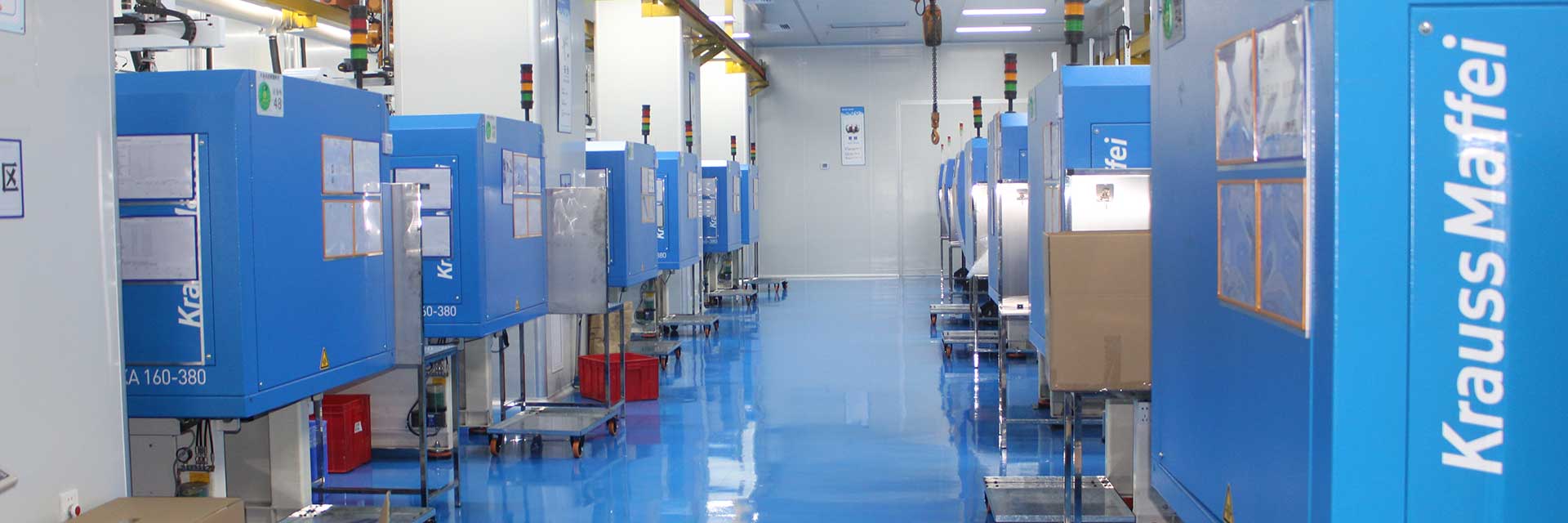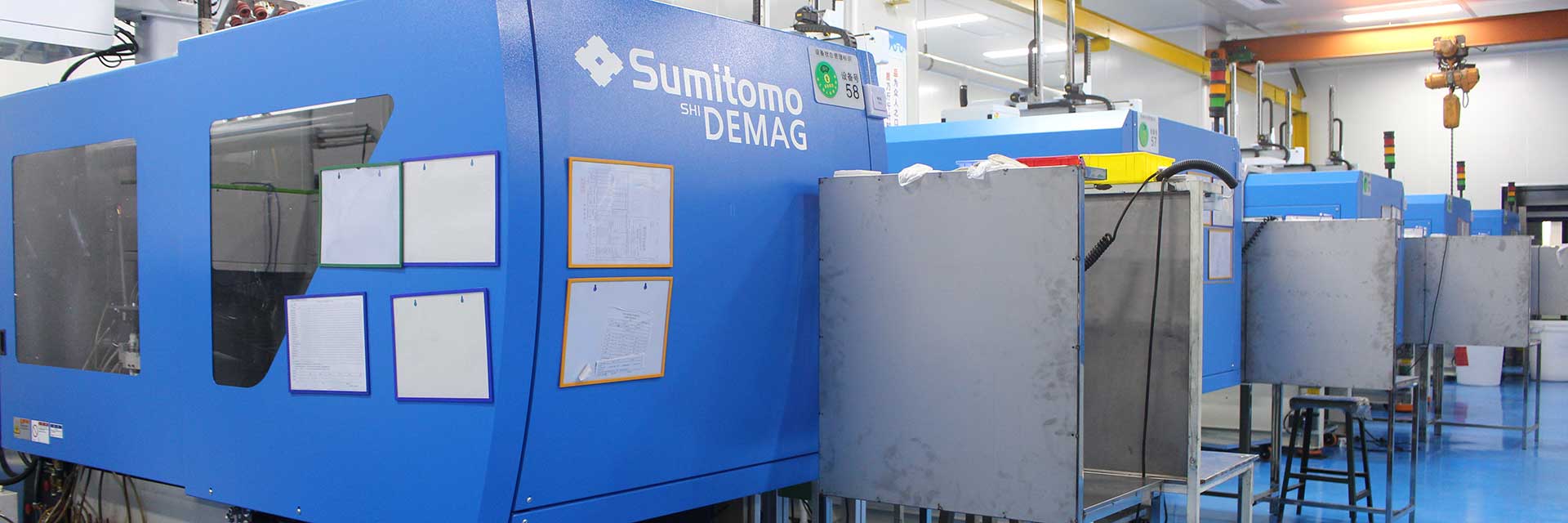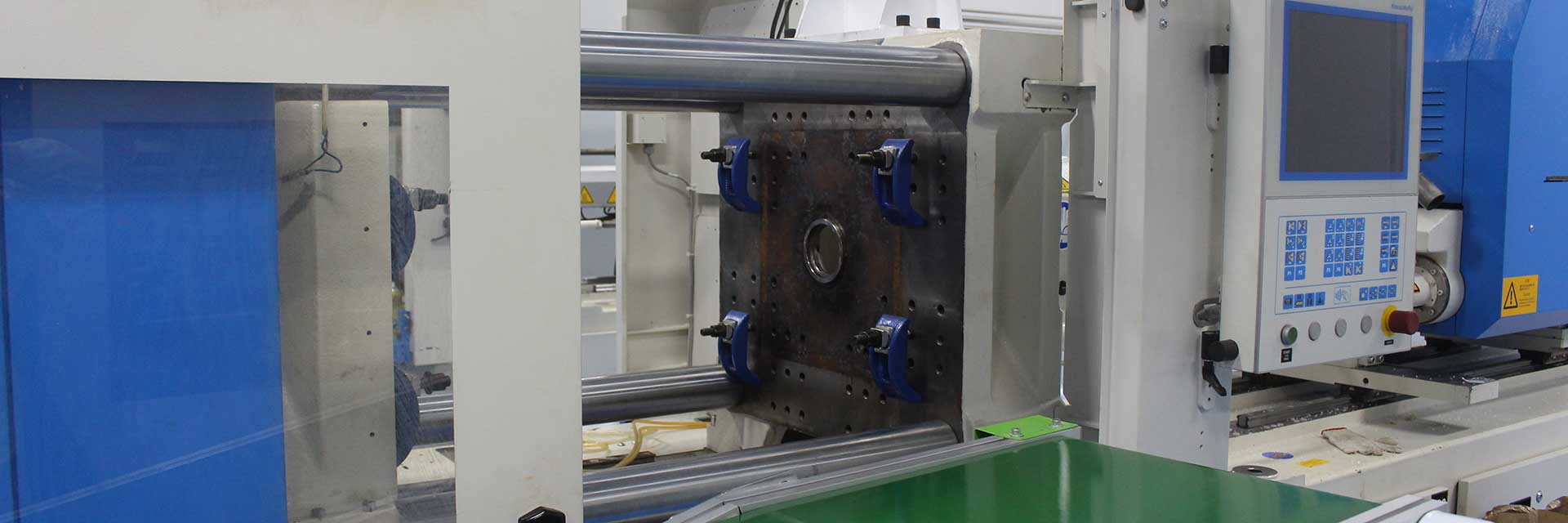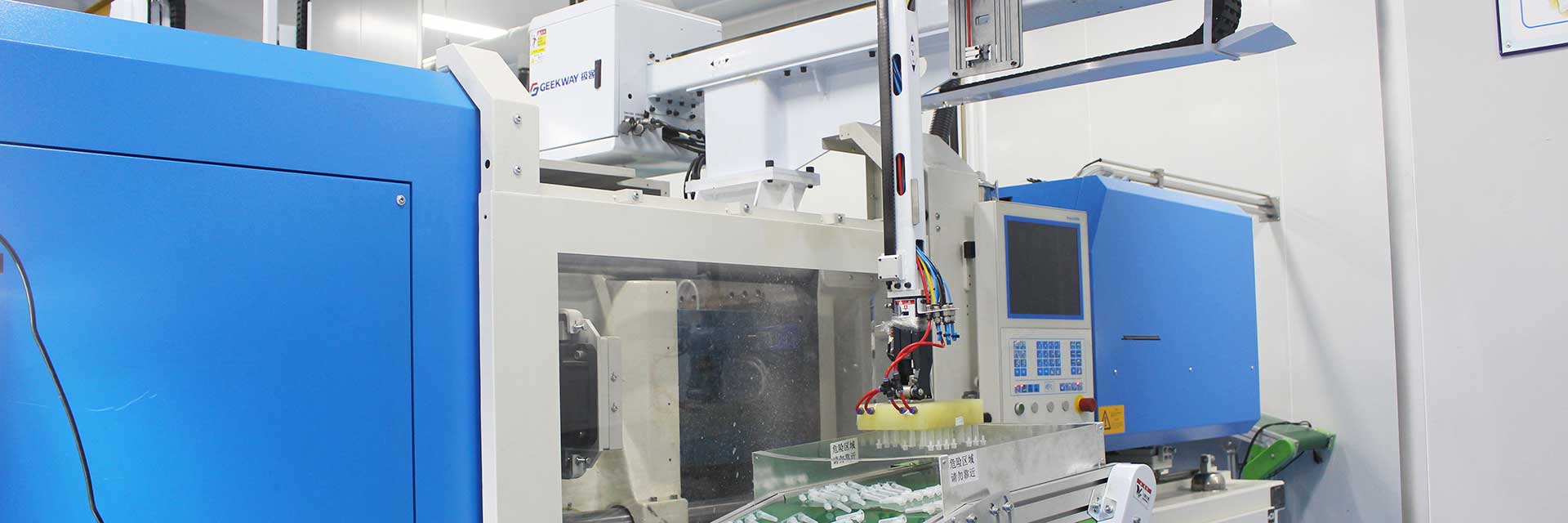Cooling is a critical phase in plastic injection molding, directly influencing production efficiency, product quality, and cost-effectiveness. Accounting for 60–75% of the total molding cycle, its optimization is pivotal for manufacturers aiming to balance speed and precision.
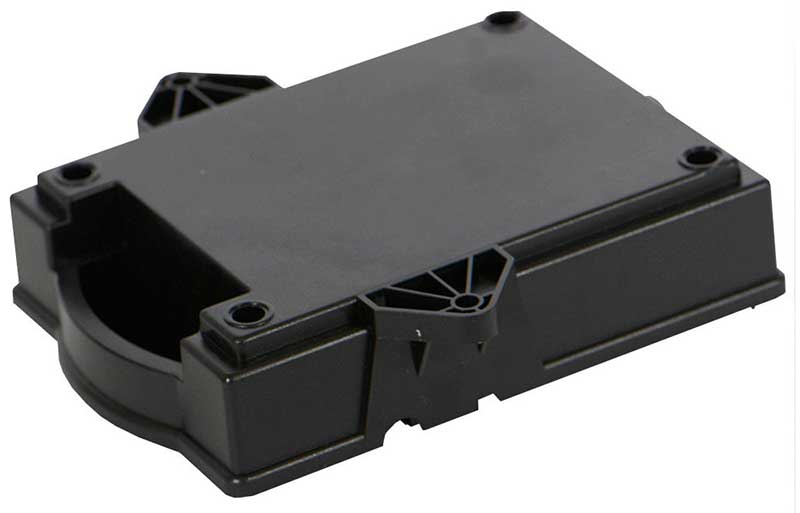
- Cycle Time and Productivity
Cooling determines the majority of the production timeline. Prolonged cooling delays ejection, reducing output. Conversely, insufficient cooling risks premature ejection, causing deformation. Advanced techniques like conformal cooling—where channels mirror part geometry—reduce cycle times by 20% or more, as seen in automotive case studies. - Product Quality and Consistency
Uneven cooling leads to defects like warpage, shrinkage, and surface imperfections. Proper cooling ensures uniform thermal distribution, maintaining dimensional accuracy and surface finish. For instance, optimized water-cooling systems in consumer electronics prevent clogging and defects, ensuring high-quality components. - System Design and Innovation
Modern cooling systems leverage simulations and 3D-printed inserts to create complex channels. These designs enhance heat dissipation, aligning with sustainability goals by reducing energy and water use. Air-cooling alternatives further minimize environmental impact while maintaining efficiency. - Economic and Environmental Benefits
Efficient cooling lowers operational costs through reduced material waste and energy consumption. Innovations like servo motors and hybrid systems cut carbon footprints, addressing industry demands for eco-friendly practices.
In conclusion, cooling is the linchpin of injection molding success. It bridges productivity, quality, and sustainability, making its optimization indispensable in competitive manufacturing landscapes.

